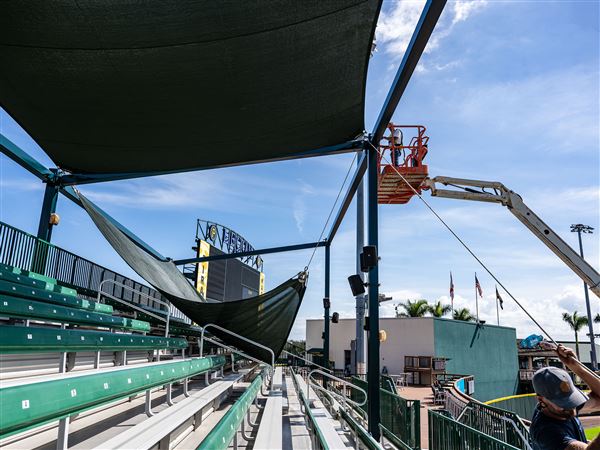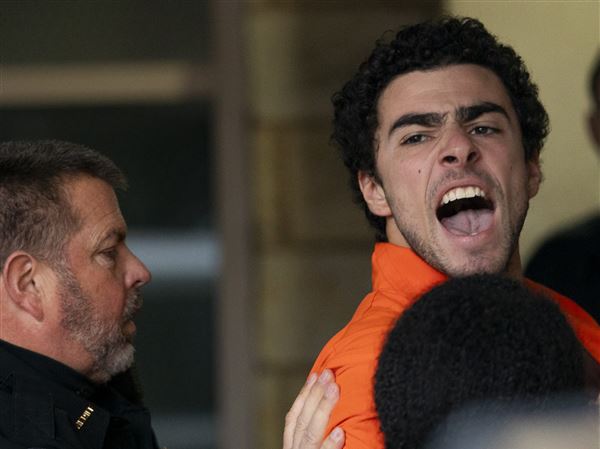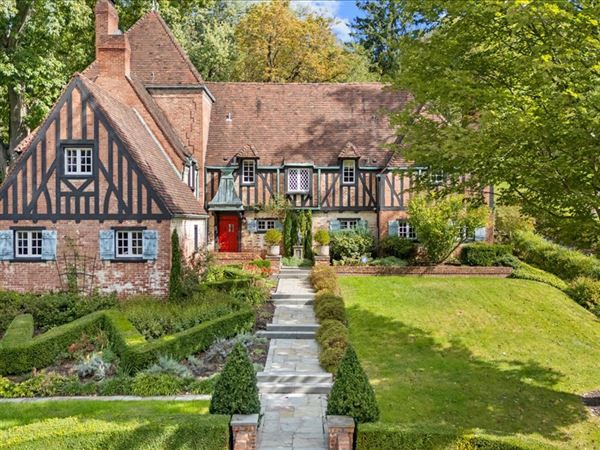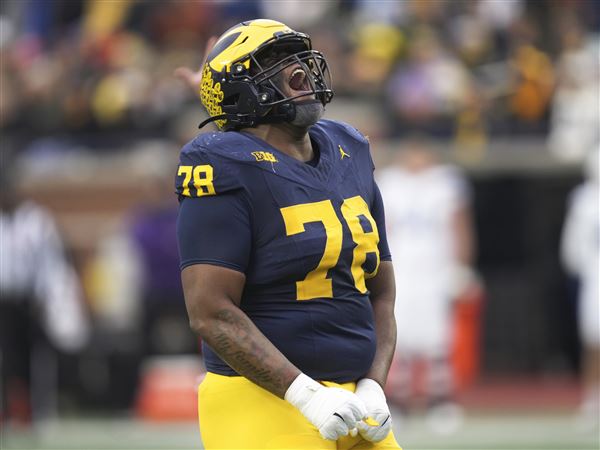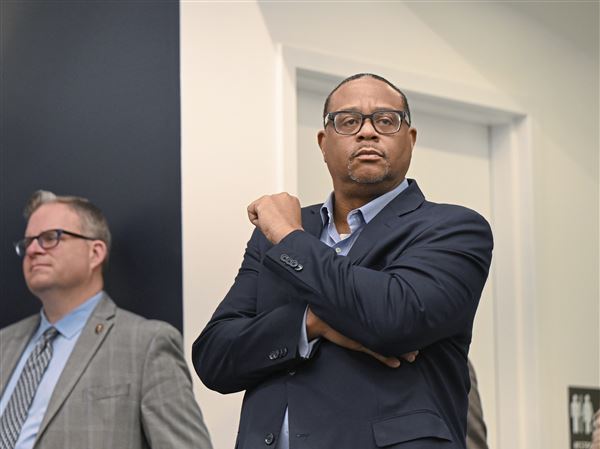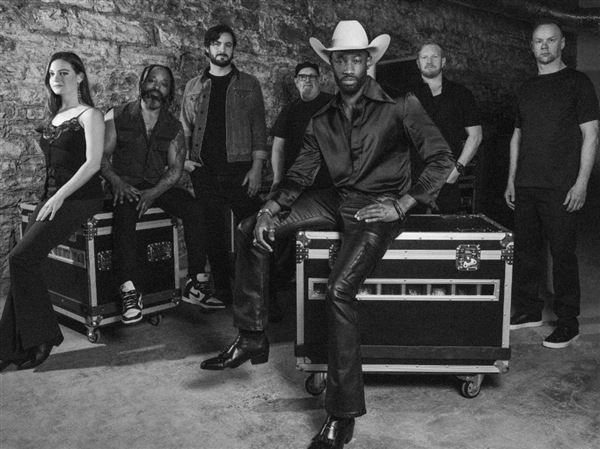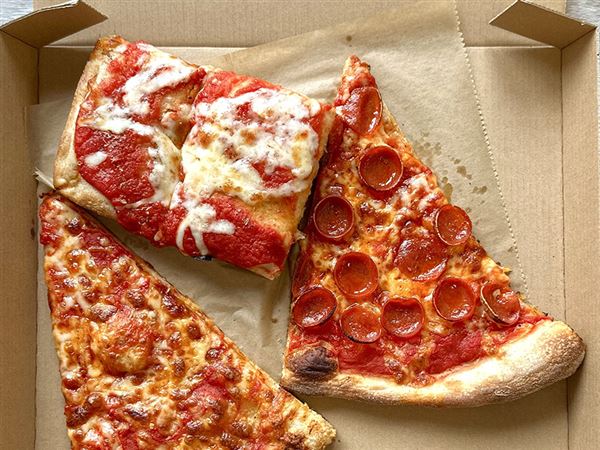The brilliance with which Pat Barker explored the physical and psychic wounds of war in her World War I “Regeneration” trilogy carries into the third novel of her second war trilogy, which began with “Life Class” in 2008 and continued with heartbreaking clarity in 2012’s “Toby’s Room.”
Doubleday ($27.95).
Now we have “Noonday,” which bridges World Wars I and II by framing the stories of three old friends within eight months of airstrikes that destroyed millions of buildings in Britain and killed thousands of civilians in London in 1940 and ’41.
Longtime friends Elinor Brooke, her husband, Paul Tarrant, and Kit Neville, recurring characters from the two previous books, are civilians in the rescue effort. London went from being their secure domain as carefree art students to a landscape of horrors, surreal in its familiarity.
Kit, an ambulance driver, and Paul, an air raid warden, still carry scars and emotional baggage from service in the Great War as they maneuver through muck and rubble to rescue people trapped in burning and bombed-out buildings.
Paul has the added burden of uncertainty about the life of a boy who had been in his and Elinor’s care, whose own mother was unable to care for him. A reunion between the boy and his mother in what was supposed to have been a protected bomb shelter may or may not have been a tragic mistake. We don’t learn which until the end, and this book’s ending is one great ending.
Elinor shuttles back and forth to London from a family home in the country, alternating between rural boredom and harm’s way to drive an ambulance.
The story includes family dramas — the death of Elinor’s mother, remembrances of Toby, who died in the first war, and a marital rift that is explained by, and blamed on, war’s way of making everything tenuous.
But war itself has a way of setting up permanent camp in those who were immersed in it. In that way, “Noonday” is almost as much about World War I as about World War II.
It is also about art and artists, and it explores the direction of each character’s art career. Ms. Barker has struck on the fascinating themes of art and battle, art’s place in wartime, the role of art in reconstruction and the political hijacking of art for propaganda. It’s kind of titillating to be challenged to think about a juxtaposition you never considered, then to realize how much there is to consider.
What makes Ms. Barker’s writing compelling, besides its artlessness and precision, is her unsentimental, almost detached eye. She weaves narrative and reportage so skillfully, you don’t realize how much empathy you’re suffering; you’re too busy being involved in what’s happening.
She puts you there without making it overly visceral. Her narrative isn’t as evocative of horror as “The Worst Hard Time,” a nonfiction book about the fraud and short-sighted decisions that led to the Dust Bowl, by Timothy Egan. That book left me with grit in my eyeballs. But Ms. Barker’s reader is not cheated of powerful mental images that linger.
A few aspects of “Noonday” left me puzzled, although they did not detract from the story.
Elinor’s nephew Alex, who is injured fighting the Germans, returns home soon before his grandmother, Elinor’s mother, dies in her bed upstairs. An episode in which Alex tosses a tantrum because more attention is paid to Toby’s memory than to him is a thread that’s left to dangle. Alex does not reappear.
The appearances of a grossly overweight gin-swilling fortune teller seems like a construct for the tortured Paul to unravel the mystery of what happened to the boy in his care. No great writer creates a character — or a character’s appearance — without a reason, and so I’m thinking an English lit teacher would be able to bring to that part some clarity. I’m not up to it alone. These are minor criticisms. This is another fine work by a great writer.
Diana Nelson Jones: djones@post-gazette.com or 412-263-1626.
First Published: June 12, 2016, 4:00 a.m.
